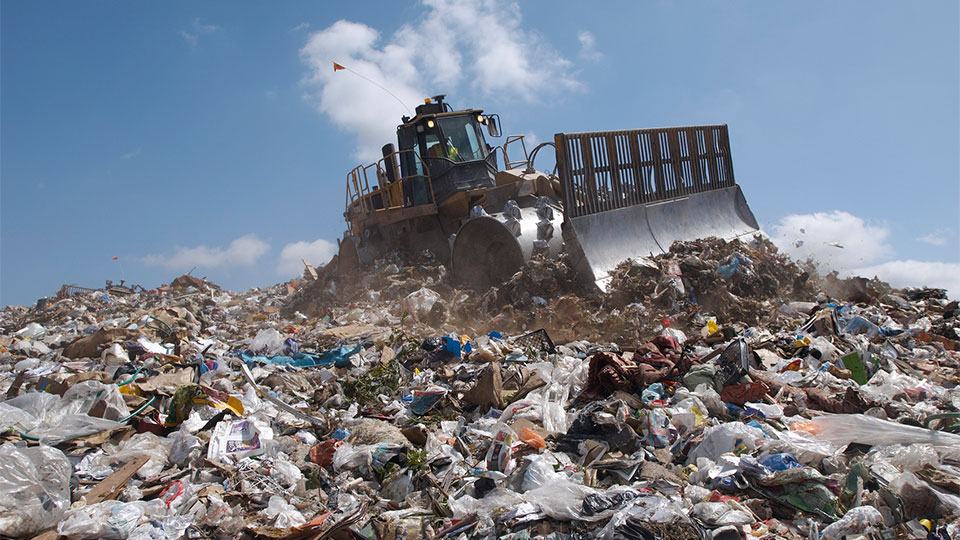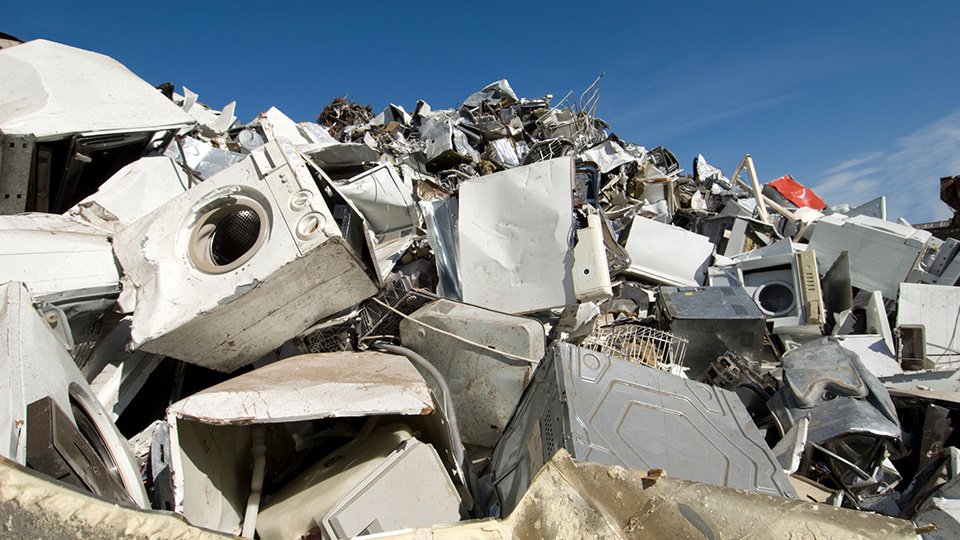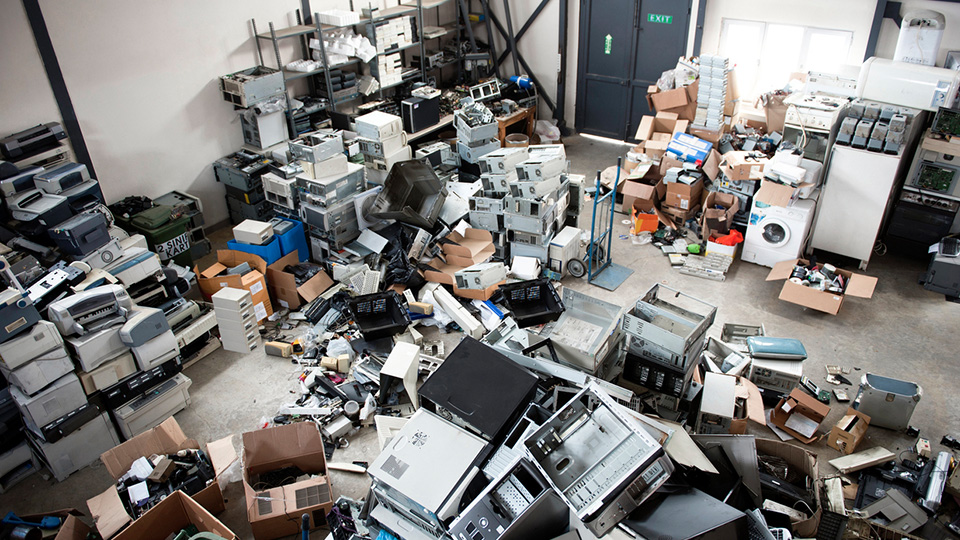Hospitals are among our most important institutions, but in working to restore and maintain health, they create large amounts of waste.
In Victoria, public hospitals produce as much waste as 200,000 households.
Add in private hospitals and the sector, in just one state, generates as much waste as a medium-sized city.
Natural leaders
Hospitals need to be natural leaders when it comes to recycling and the safe disposal of hazardous waste. After all, it makes no sense to take care of patients’ health inside the hospital while contributing to the load of toxic materials they are exposed to on the outside.
Readily available recycling options for non-hazardous items like clean paper and cardboard, sterile plastic wrap and food waste mean they don’t present much of an environmental problem. However, hospitals also generate a range of specialist wastes that represent a significant risk to both people and the environment if not disposed of properly.
Fortunately, these difficult wastes can also be easily recycled, so the main impediments to effective hospital recycling are mostly organisational, not technical.
Internal enthusiasts
Hospitals can have complex organisational structures.
With efforts focused on achieving positive outcomes for patients’ health, it can be difficult to engage staff in areas they may perceive as being unrelated to their primary roles in clinical care.
When a waste-recycling program was introduced into the operating theatre complex at Royal Brisbane Hospital, it encountered some negative attitudes. But as things turned out, more positive ones balanced these.
Interestingly, while leadership was a factor in getting things going, the program became self-driven by passionate theatre staff. Improved morale was just a bonus.
The introduction of waste separation and advanced recycling saw a 57% reduction in the weight of waste produced and an 80% reduction in operating theatre waste disposal costs – quite an achievement.






